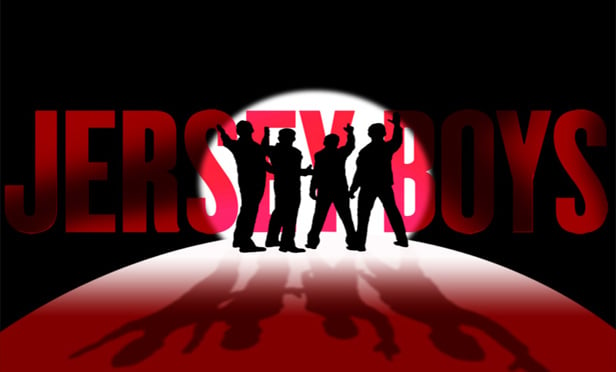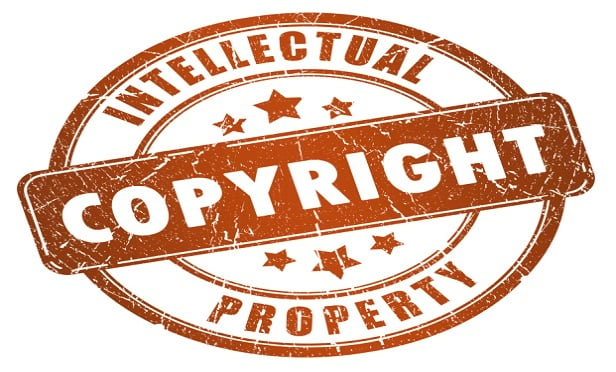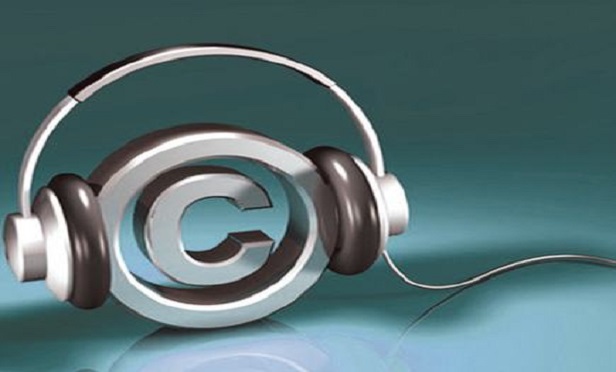Features

Fair Use Applied to Embedded Photograph
The extremely flexible character of social media has required equal flexibility in courts' intellectual property analysis. Happily, under U.S. copyright law, that kind of flexibility is possible.
Features

What 11th Circuit Ruled in Copyright Suit Over Netflix's Narcos Series
The U.S. Court of Appeals for the Eleventh Circuit ruled in favor of Netflix in finding that one of its shows didn't infringe the copyright of a Colombian journalist who wrote a memoir about her affair with drug kingpin Pablo Escobar and the rise of the Colombian drug trade.
Features

Fifth Circuit's Decision in Sampling Case Considers Automatic Liability Controversy
The U.S. Court of Appeals for the Fifth Circuit ruled in favor of internationally successful hip-hop duo Macklemore & Ryan Lewis in a music sampling suit brought against them by New Orleans jazz musician Paul Batiste.
Features

'Asserted Truths' Doctrine Used to Decide Jersey Boys Copyright Dispute
In a recent decision, the Ninth Circuit held that materials taken from an autobiography of Tommy DeVito — an original member of The Four Seasons music group — and used in the Broadway musical Jersey Boys depicting the band's history and hits, comprised facts and other noncopyrightable expression.
Features

To Embed, or Not to Embed, that is the Question
Would Shakespeare Post Hamlet on Instagram in 2020? Recent legal and procedural developments associated with the ubiquitous Instagram social media site have created significant practical and legal risks for both copyright owners and account holders.
Features

Are Rule 12(b)(6) Dismissals In Copyright Infringement Lawsuits In Danger?
Until recently, the Second and Ninth Circuits have both been receptive to dismissals under Rule 12(b)(6) if the court determines the plaintiff cannot plausibly state a claim of copyright infringement because the two works are not substantial similar. However, a pair of recent "unpublished" Ninth Circuit reversals involving prominent motion pictures stand in contrast to a recent Second Circuit decision affirming such a dismissal.
Features

In Decision of First Impression, Court Decides 'Gap Grants' Can Be Terminated Under §203 of U.S. Copyright Act
In the 1976 Copyright Act, Congress inserted a termination right for authors or their successors for pre-January 1, 1978, assignments of copyrighted works. However, the legislators didn't directly address a key issue: how to determine termination rights for what are known as "gap grant" works — that is, those created post-1977 under copyright assignments made before then.
Features

FL Federal Court Rules 'Despacito' Doesn't Infringe on 'Despasito'
Federal Judge Kathleen Williams recently analyzed the hit song "Despacito" in a copyright lawsuit in the U.S. District Court for the Southern District of Florida, when she found its writers had not copied an earlier Spanish song with the same name.
Columns & Departments
Bit Parts
Film Clips Included in Talent's Acting Reel Are a Copyright Fair Use Ninth Circuit Finds Judd/Weinstein Meeting Within Scope of California Sexual Harassment Statute Personal Manager's Lawsuit in New York Against Former In-House Counsel Can Move Forward
Features

States Win Some and Lose Some on Copyright Front at Supreme Court This Term
The Supreme Court decided two copyright cases this term, both involving states. This article discusses the cases and their likely impact on copyright law going forward.
Need Help?
- Prefer an IP authenticated environment? Request a transition or call 800-756-8993.
- Need other assistance? email Customer Service or call 1-877-256-2472.
MOST POPULAR STORIES
- Bankruptcy Sales: Finding a Diamond In the RoughThere is no efficient market for the sale of bankruptcy assets. Inefficient markets yield a transactional drag, potentially dampening the ability of debtors and trustees to maximize value for creditors. This article identifies ways in which investors may more easily discover bankruptcy asset sales.Read More ›
- The DOJ's New Parameters for Evaluating Corporate Compliance ProgramsThe parameters set forth in the DOJ's memorandum have implications not only for the government's evaluation of compliance programs in the context of criminal charging decisions, but also for how defense counsel structure their conference-room advocacy seeking declinations or lesser sanctions in both criminal and civil investigations.Read More ›
- Use of Deferred Prosecution Agreements In White Collar InvestigationsThis article discusses the practical and policy reasons for the use of DPAs and NPAs in white-collar criminal investigations, and considers the NDAA's new reporting provision and its relationship with other efforts to enhance transparency in DOJ decision-making.Read More ›
- Supreme Court Asked to Assess Per Se Rule Tension in Criminal AntitrustIn recent years, practitioners have observed a tension between criminal enforcement of the broadly written terms of the Sherman Antitrust Act of 1890 and the modern Supreme Court's notions of statutory interpretation and due process in the criminal law context. A certiorari petition filed in late August in Sanchez et al. v. United States, asks the Supreme Court to address this tension, as embodied in the judge-made per se rule.Read More ›
- Restrictive Covenants Meet the Telecommunications Act of 1996Congress enacted the Telecommunications Act of 1996 to encourage development of telecommunications technologies, and in particular, to facilitate growth of the wireless telephone industry. The statute's provisions on pre-emption of state and local regulation have been frequently litigated. Last month, however, the Court of Appeals, in <i>Chambers v. Old Stone Hill Road Associates (see infra<i>, p. 7) faced an issue of first impression: Can neighboring landowners invoke private restrictive covenants to prevent construction of a cellular telephone tower? The court upheld the restrictive covenants, recognizing that the federal statute was designed to reduce state and local regulation of cell phone facilities, not to alter rights created by private agreement.Read More ›
